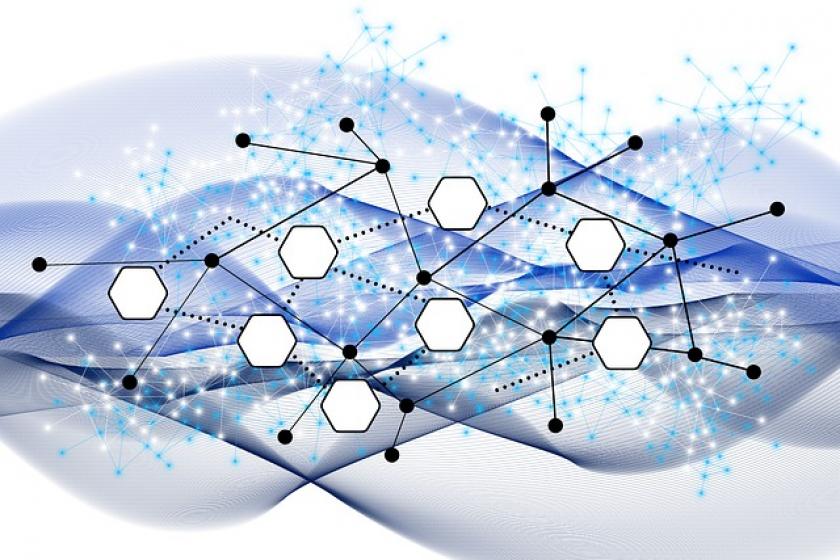Effectively Managing and Securing Assets in A Hybrid IT Environment
With the pandemic driving organizations to transition to a more versatile, hybrid work environment, this has made the IT department's job even more complex.
August 29, 2022

As presently structured, many information technology (IT) departments have significant challenges gaining a comprehensive and integrated view of all of their technology assets. With the pandemic driving organizations to transition to a more versatile, hybrid work environment, this has made the IT department's job even more complex. From managing to securing to gaining visibility of technology assets, the potential attack surface has increased. In short, this is all caused by IT and security professionals not knowing which assets are present and active in their organization at any given time. For individuals involved in managing and monitoring assets, understanding what asset visibility is and the benefits gained by having a holistic view of the entire technology estate is critical to remaining competitive and thriving in today's complex business environment.
Asset and Asset Visibility Defined
Technology asset visibility can be defined as an organization's ability to "see" all the IT assets for which a company is responsible and have accurate, contextualized information about them. Information about certain assets may include their location, contents, owner, type, permissions, and, most importantly, whether or not they are secure. All of these questions are important for any company that wants to better understand its technology portfolio, pass compliance audits, and increase productivity.
When it comes to defining what an asset is, a shift has gradually begun over the years as IT becomes a more layered process. Over the last decade, the widespread use of computing devices by small, medium, and large businesses has expanded the definition to include additional technologies. Desktop PCs and on-premises data servers were once considered the only technological assets. With just four asset classes to manage, IT's function was relatively simple and manageable, and asset security was less of a challenge. However, in today's IT landscape, desktop PCs and data servers are not the only technology that must be managed and monitored. For organizations, an IT asset now includes all endpoints, mobile devices, the Internet of Things (IoT), SaaS applications, networking infrastructure, cloud infrastructure, and accessories such as keyboards and monitors, most of which now operate outside the traditional corporate firewall. With the ever-growing nature of the versatile and hybrid work landscape, the number of assets could continue to increase for enterprises.
Comprehensive Visibility Has Become Worse
Not only has remote and hybrid work made the visibility of technology more challenging, but the growth in asset types and how they are managed, monitored, and secured causes several new issues. Most likely, within an organization, every asset has a specific instrument that is used to oversee important details. For example, a desktop PC is being managed by one tool, a server is being managed by another tool, and a third tool is being used to manage Mac OS. In addition to these technologies being managed by several different tools, enterprises have security and vulnerability application tools in place. This siloed approach is ineffective in appropriately assessing the data and information needed as a continuous part of IT operations. With critical information located in numerous places, this is an example of “swivel chair data management,” where knowing which platform an organization can trust in challenging situations, which is complicated when conflicting data is stored in disconnected tools.
Enhancing Operations Through Enterprise Technology Management
An enterprise technology management (ETM) approach is warranted to combat the poor visibility, security, and management faced by each department using different tools and technologies. ETM offers a single, integrated, and real-time source of truth that provides organizations with ease of integration, breath, and full lifecycle management of all assets, from the desktop PC to the data center to the cloud. ETM is technology agnostic, and employing it allows for easy integration with already existing systems, making deployments faster and accelerating time to value. Additionally, all IT assets are monitored and tracked, essentially strengthening security by illuminating potential security blindspots created by an increased attack surface. The advantages companies gain by using this leading approach to technology management can relieve many of the headaches IT faces while driving valuable business objectives.
Arthur Lozinski is Co-Founder and CEO of Oomnitza.
Related articles:
About the Author
You May Also Like




